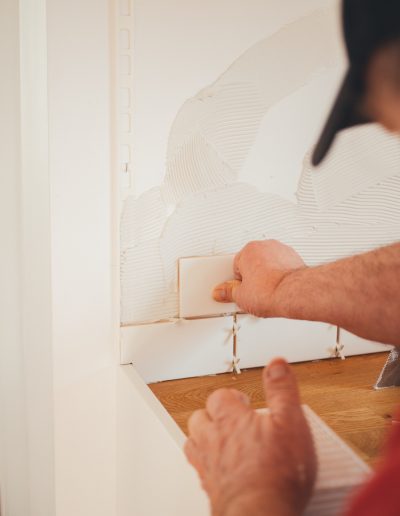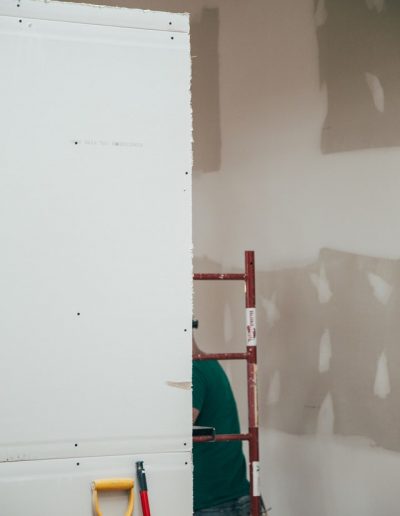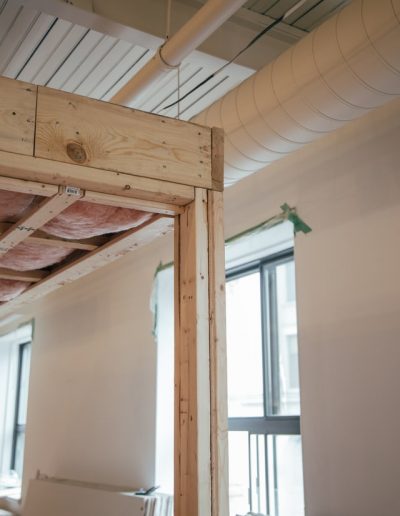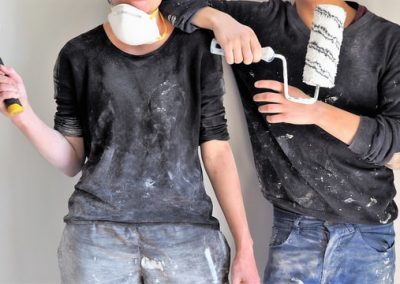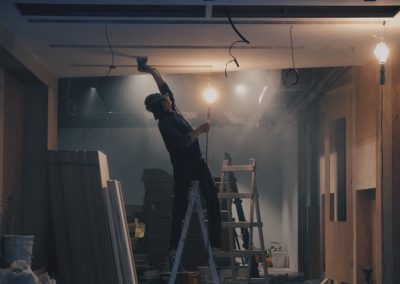Insulation is incredibly important for regulating the temperature in your home. It decreases the amount of heat that can enter from outside during the summer months. At the same time, it traps heat inside during the winter. You can install insulation in areas where the most heat transfer takes place – from the attic to floors above unfinished basements and even crawlspaces.

Types of Insulation
Loose-fill/Blown-in
This type of insulation is best for attics and hard-to-reach, odd to reach, or already partially-insulated areas. You can use this to fill in wall cavities since it is often blown or sprayed into place with pneumatic equipment. This insulation is usually made from fiberglass, cellulose or mineral wool.
Batts
Usually made from fiberglass, batts is usually pre-cut into “blankets” that you can slot in between framing studs and joists. It is incredibly affordable and DIY friendly, so is a great choice if you’re looking to cut down on costs.
Rolls
Rolls are very similar to batts, as it is also a “blanket” of insulation. However, while batts are pre-cut, this type of insulation tends to come in continuous lengths ranging from 20 to 40 feet long. This is another affordable and DIY friendly option that is best for unfinished walls, floors and ceilings.
Foam Board
These rigid panels of insulation are a great choice for cold climates, as the sheathing reduces heat conduction through structural elements such as wood and steel studs. You’ll typically use this for floors, foundation and basement walls, interior and exterior wall sheathing and low-sloped ceilings.
Spray Foam
This type of insulation is made of liquid latex or polyurethane foam that you can spray. It will then expand and harden to fill whichever space it is needed in. It sets quickly and can be trimmed, painted or stained. This is a great option if you need to fill in oddly shaped or already partially insulated areas like around doors, windows and vents.
Radiant Barriers
Radiant barriers are made from reflective materials such as aluminum foil over a substrate life kraft paper or foam paper. The reflective material serves to reflect heat away from your home, instead of simply reducing the flow of heat into the home.
Vapor Barriers
Vapor barriers are actually installed after insulation and are a great solution in areas where condensation is a problem. It prevents water vapor from passing into walls and ceilings during cold weather – a key cause of problems such as mould and rot. If you live in an area with a cold or humid climate, and if your home has masonry or wood walls, vapor barriers are an ideal choice to avoid future issues.
